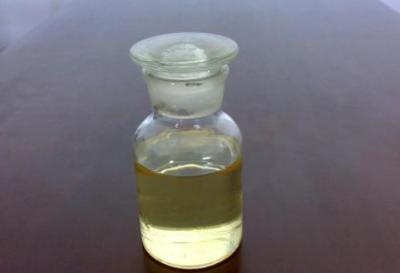Due to the different properties and quantities of substituents, the properties of modified silicone oil are also quite different. It can be selected according to the use. The modified silicone oil can be classified into amino silicone oil, epoxy modified silicone oil, carboxyl modified silicone oil, alcohol-based modified silicone oil, phenol modified silicone oil, thiol modified silicone oil, acryloyloxy and methacryloyloxy modified silicone oil, methyl long-chain alkyl silicone oil, methyl trifluoropropyl silicone oil and polyether modified silicone oil. The performance and application of several modified silicone oils are introduced in detail below.
1. Epoxy modified silicone oil
Epoxy modified silicone oil is a relatively widely used class of modified silicone oil. It has a strong reactivity, through the epoxy group can introduce special modified groups, widely used in polymer modifiers, fiber treatment agents and brightening agents.
2. Amino silicone oil
Amino silicone oil molecules have strong amino polarity, high reactivity, and adsorption, compatibility and easy emulsification. It can be widely used in post-fiber finishing agent, resin modifier, coating additive, bright smoothing agent, etc.
3. Carboxyl modified silicone oil
The carboxyl group of carboxyl modified silicone oil has reactivity and polarity, which mainly acts on fiber treatment, automotive brightener, demoulding agent, coating additive, magnetic tape lubricant and polymer modification additive. Tips: carboxyl modified silicone oil and amino silicone oil used in combination, can be used for fiber treatment and can increase durability and not easy to fall off in washing.
4. Alcohol-based modified silicone oil
The main use of Alcohol-based modified silicone oil is to use the reactivity of hydroxyl groups to introduce polysiloxane segments into the molecular structure of polymers. This can greatly improve its mixing, formability, mold release, gloss, lubricity, smoothness, heat resistance, water resistance, etc.



 English
English  日本語
日本語  Español
Español  tiếng việt
tiếng việt  Türkçe
Türkçe  ไทย
ไทย  українська
українська  हिंदी
हिंदी  বাঙালি
বাঙালি  اردو
اردو 


